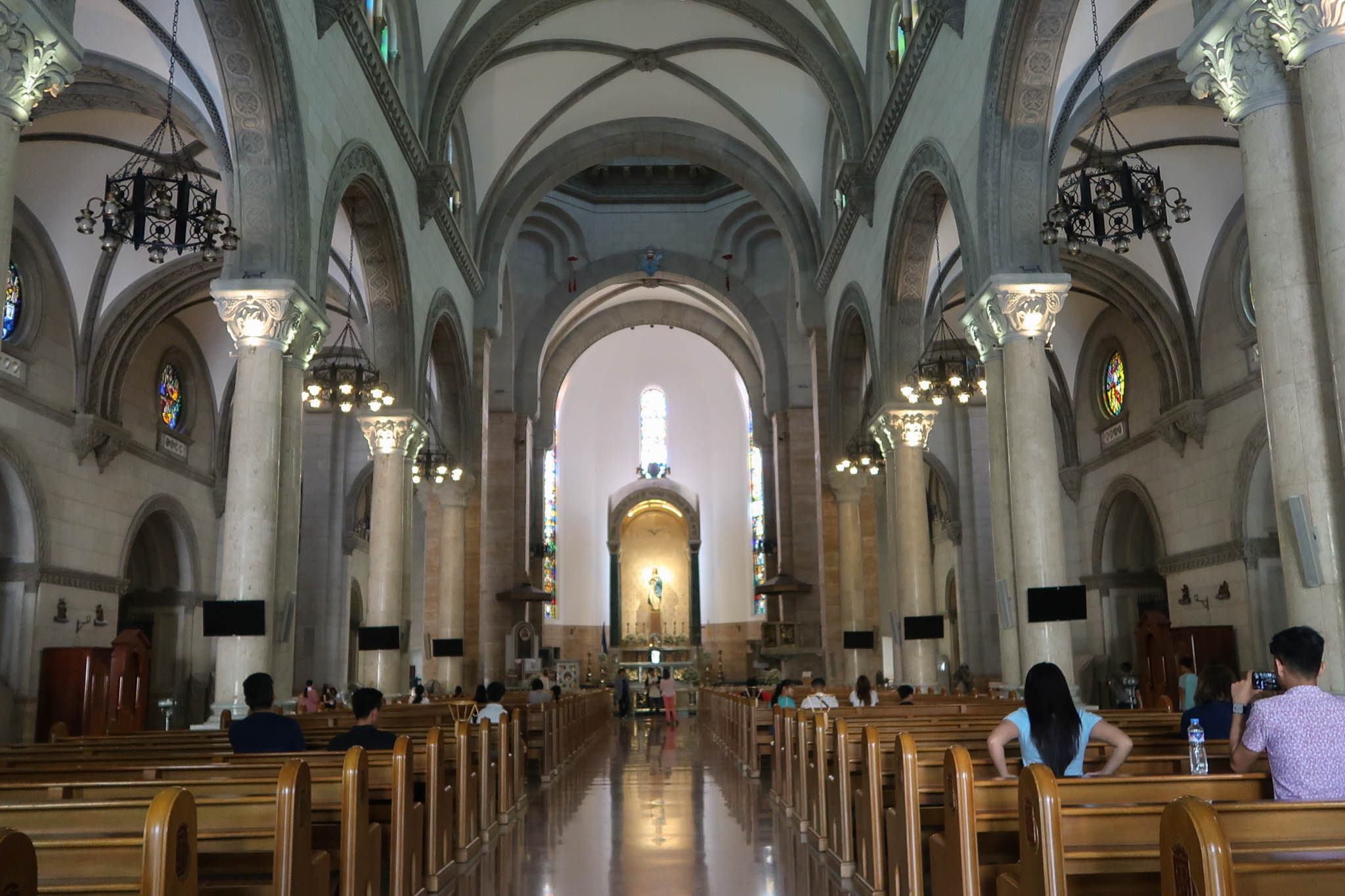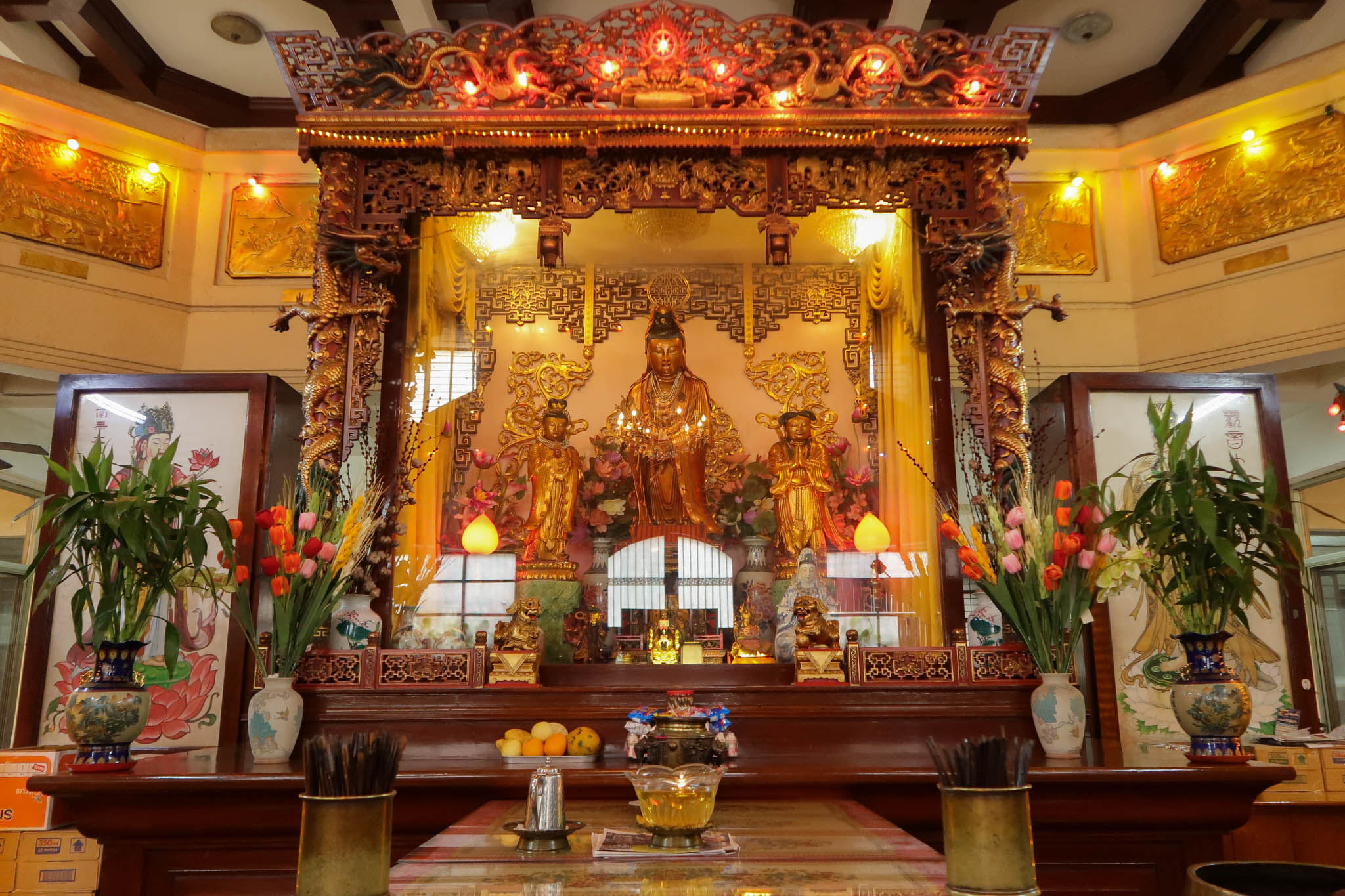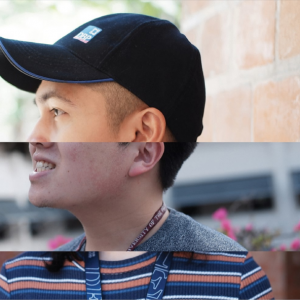Written by Aaron Medina and Matt See
Photos by Sherwayne Cai
Delicious food, golden paper money, towering red candles, and bundles of pink incense sticks galore.
Offered to departed loved ones, these objects characterize the way Chinese-Filipinos venerate their deceased ancestors. Alongside all these regarded rituals and strong symbolisms, however, lies another unique aspect of many Chinese-Filipinos; besides the Chinese way, many also belong to Christian groups and identify as Christians.
Religious syncretism, defined by the intermixing of aspects from different religions, marks the way of life for a number of Chinese-Filipinos, who oftentimes integrate Chinese elements (such as lighting incense) and Catholic Christian practices (such as praying for the souls of the dead). After all, living in the Philippines would mean having to practice Chinese traditions in a more Christian context.
“The issue is not so much religion as philosophy,” says Mr. Glenn Ang, a History professor in the Ateneo de Manila University. He notes that the Chinese community practices Buddhism as a philosophy rather than its original form as an Indian religion, with the difference being that the Chinese would “focus on the more practical and realistic ones to the world”.
A similar idea also goes for Chinese-Filipinos who practice Christianity. Mr. Ang contextualizes this phenomenon of seeing things from a philosophical and practical point of view: he says that for Chinese people, believing in a Creator-God suffices over trying to grasp the Catholic dogma of the Holy Trinity, which speaks of one God in three distinct Persons.
A very evident example of religious syncretism among Chinese-Filipinos would be the case of Mary the Queen Parish in Greenhills, San Juan. Located in between Xavier School and Immaculate Conception Academy, two prominent Chinese-Filipino schools, this Catholic church houses a simple ancestral veneration altar in the back, where incense can be burned.
The Chinese believe that the deceased benefit from the offerings of the living. A burnt paper house would manifest itself as a real house in the afterlife for the deceased to use, for example.
The problem with this lies on the fact that Christianity condemns this as superstition. However, instead of easily condemning the Chinese and their practical belief in life after death, the church sought common ground: Christian prayers (with incense, but only as a sign of respect) would instead be used to intercede for the deceased. Thus, within this harmonious balance between the practicality of the Chinese and the efficaciousness of Christian prayer lies religious syncretism.
Another example of such an event would be the veneration of the dead by Chinese-Filipinos during All Saints’ Day and All Souls’ Day, otherwise known as Undas. They use this season as a counterpart to the period that would normally fall in April of the Lunar calendar, as explained in a book on religious syncretism called Chinese Buddhism in Catholic Philippines: Syncretism as Identity by Fr. Aristotle Dy, S.J., a Catholic priest who also holds an expertise on Buddhist teaching. A number of Chinese Catholics would also ask the Church to pray for their dearly departed on these solemn days.
Therefore, as extreme and contradicting Chinese and Christian beliefs may be, common ground exists and will continue to exist, as exemplified by Mary the Queen Parish and by Chinese-Filipinos celebrating Undas. Living in a particular society shapes the choices that people make, and so this may explain why the Chinese have already adopted Christianity, while still keeping their own distinct practices. Religious syncretism clearly defines the spiritual lives of many Chinese-Filipinos.






